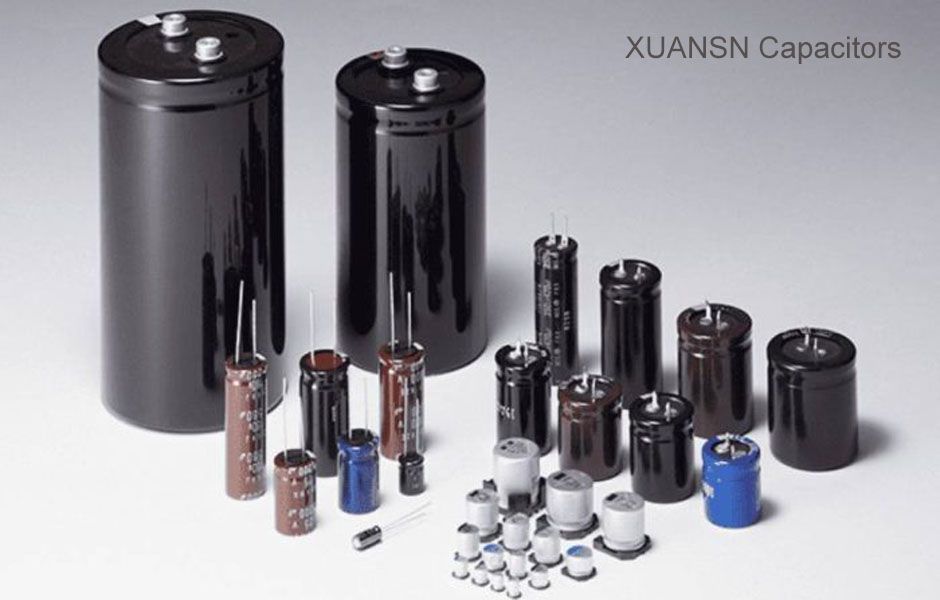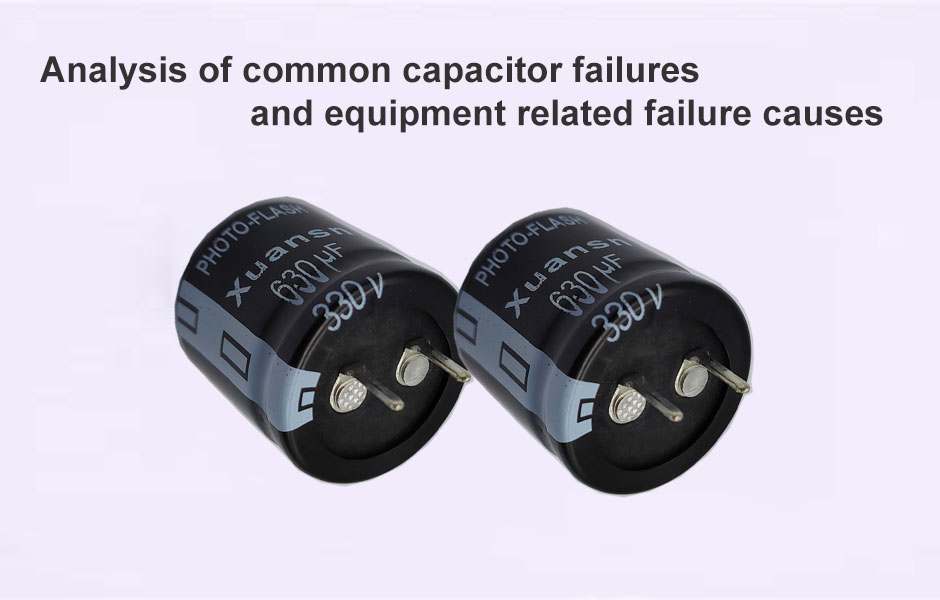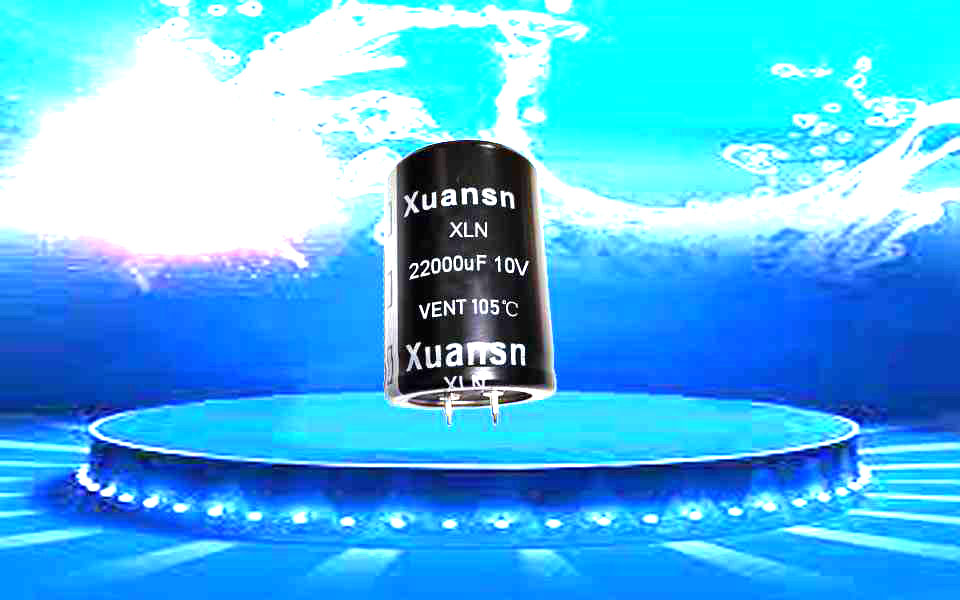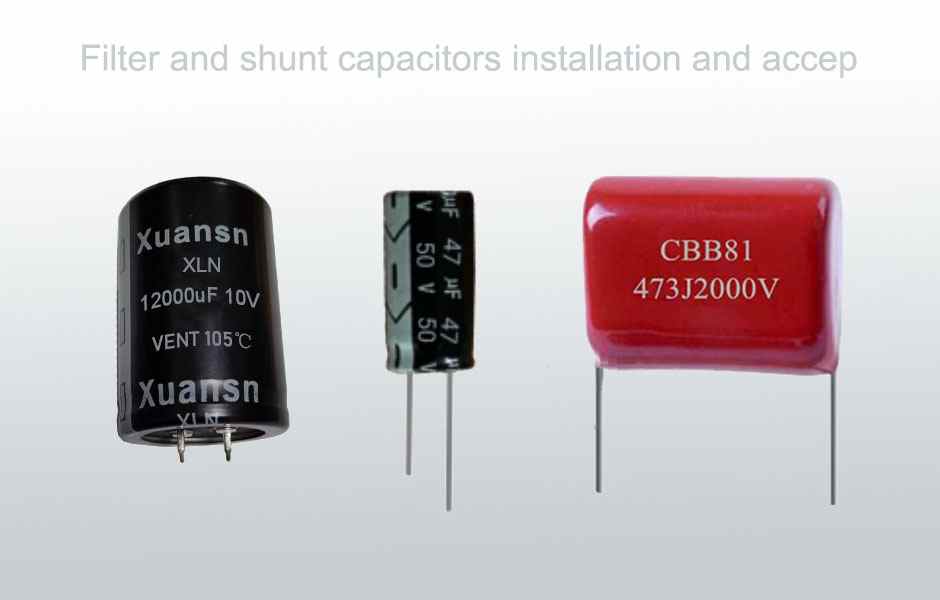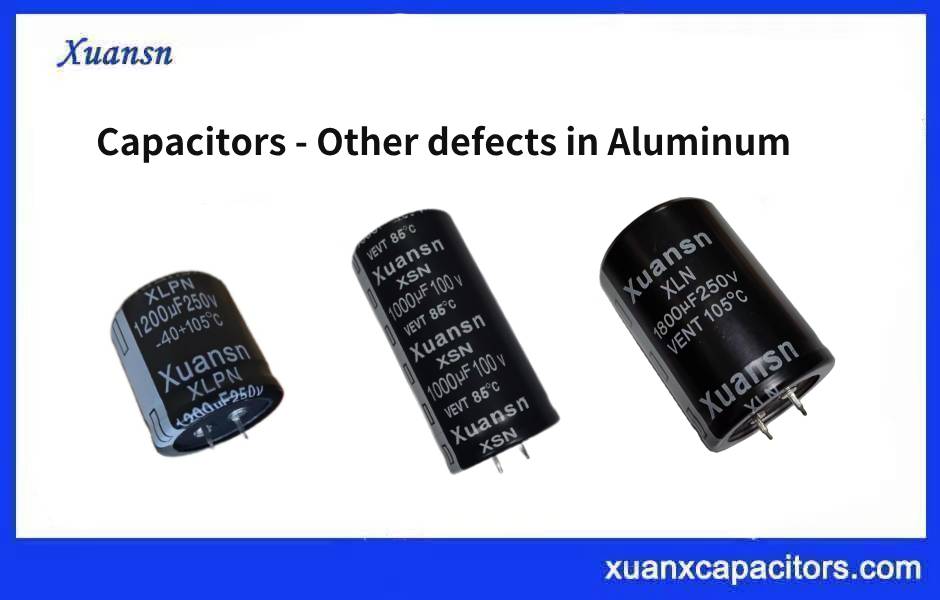A parallel plate capacitor is composed of two parallel metal conductor plates, separated by a dielectric material in the middle. When there is a certain potential difference between the two plates, there will be an electrostatic field distribution between the plates. There is a uniform electric field distribution in the part between the two plates. Due to the edge effect, the electric field lines at the edge of the capacitor are curved and divergent. The parallel plate capacitor is the simplest capacitor. Any non-parallel plate capacitor can be regarded as a series and parallel connection of several small parallel plate capacitors.
A parallel plate capacitor consists of two parallel metal plates with a thin dielectric layer in between. When the capacitor is working, the two opposite surfaces of its two metal plates always carry the same amount of different charges +Q and -Q respectively. At this time, there is a certain voltage between the two plates.
The amount of electricity Q carried by a capacitor is always proportional to its voltage U. The ratio is called the capacitance of the capacitor. The capacitance of the capacitor is represented by C. That is, in the International System of Units, the unit name of the capacitance is Far[pull] and the symbol is F. In fact 1F is very large, and smaller units such as micro-methods and pico-methods are commonly used. 1F=1C/V
Under the same voltage conditions, the larger the capacitance C, the more electricity stored, which shows that the capacitance is a physical quantity that reflects the capacity of the capacitor to store charges.
In addition to storing electricity, capacitors play a great role in electricians and electronic circuits. The control of current and voltage in the AC circuit, the generation of oscillating current in the transmitter, the tuning in the receiver, the filtering in the rectifier circuit, the time delay in the electronic circuit, etc. all use capacitors.
